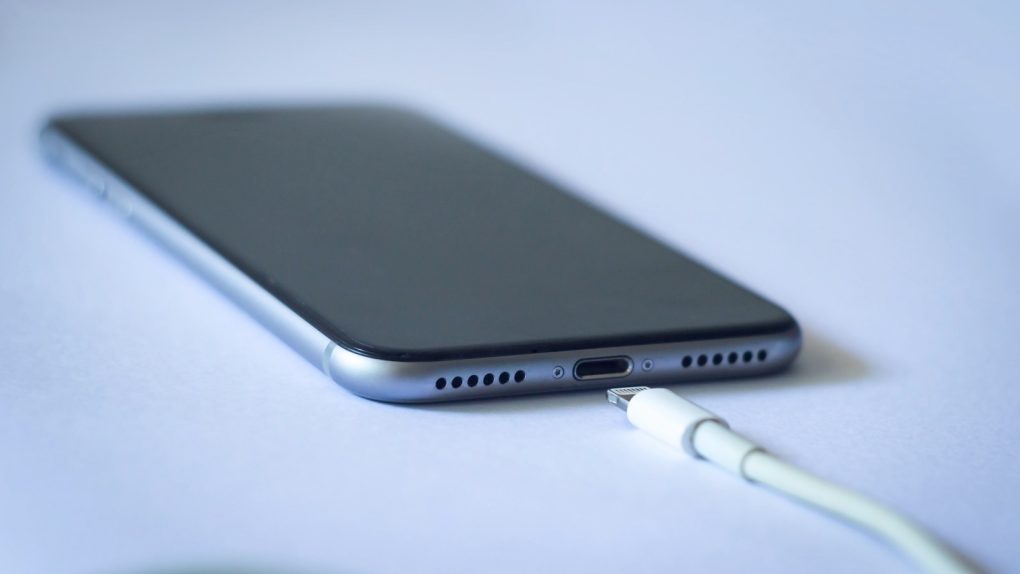As much as Apple’s brand has become synonymous with quality, the cables that the company includes with many of its most popular products are some of the most fragile in the industry. It’s a miracle if your iPhone or iPad charging cable survives a year without becoming frayed, which seems completely antithetical to the high standards to which the company holds itself.
Why exactly are Apple’s charging cables so weak? That’s exactly that question that Greg from Apple Explained attempts to answer in his latest YouTube video this week.
As Apple Explained notes, Apple’s power cables haven’t always been this fragile. The company once used ribbed strain reliefs on its cables, but at some point, Apple’s design team opted to replace these with the thinner plastic sleeve that you see on its cables today. This was apparently done to make the cables look sleeker, and, as Apple Explained says: “Apple’s engineering team knew the cable would suffer from higher failure rates, but the change was implemented regardless.”
Before long, the iPod, MacBook, and iPhone all included cables with flimsy plastic sleeves, and from 2007 onwards, Apple device owners have been complaining about them.
Another likely culprit of the charging cable degeneration was the “A Greener Apple” initiative started by Steve Jobs, which would see Apple remove all harmful and toxic materials from their products. PVC (polyvinyl chloride) was one of these materials, and it would help make cables more rigid and durable. With weaker strain relief from the plastic cover and the softer rubber jacket covering the cable, it’s no surprise that the durability of Apple’s cables suffered. This might not have been quite as big a deal if Apple’s accessories weren’t so much more expensive than those of its competitors.
Thankfully, there are signs that Apple is working to solve this problem. Both the HomePod and the new iMac ship with woven cables in the box that are far sturdier than the cable that comes with the iPhone 12. There’s also a fabric USB-C to Lightning that is currently only available to those buying an iMac, but Apple could choose to sell it as a standalone product in the future. Perhaps Apple will move to fabric changing cables for all its products in the coming years — we might get a hint at this when the iPhone 13 launches this fall.
You can watch the entire video from Apple Explained on YouTube below:








